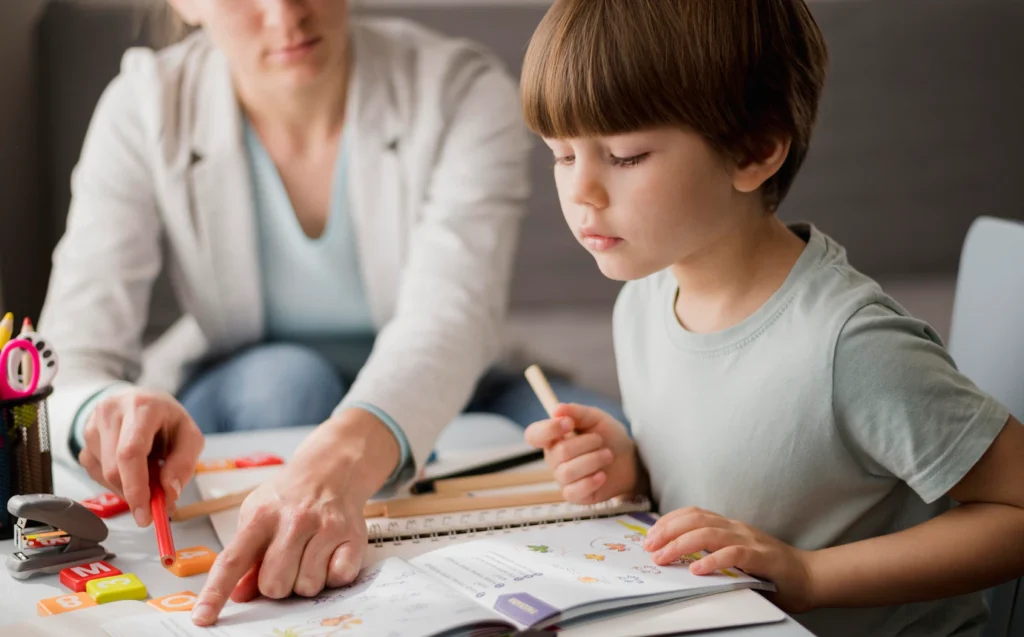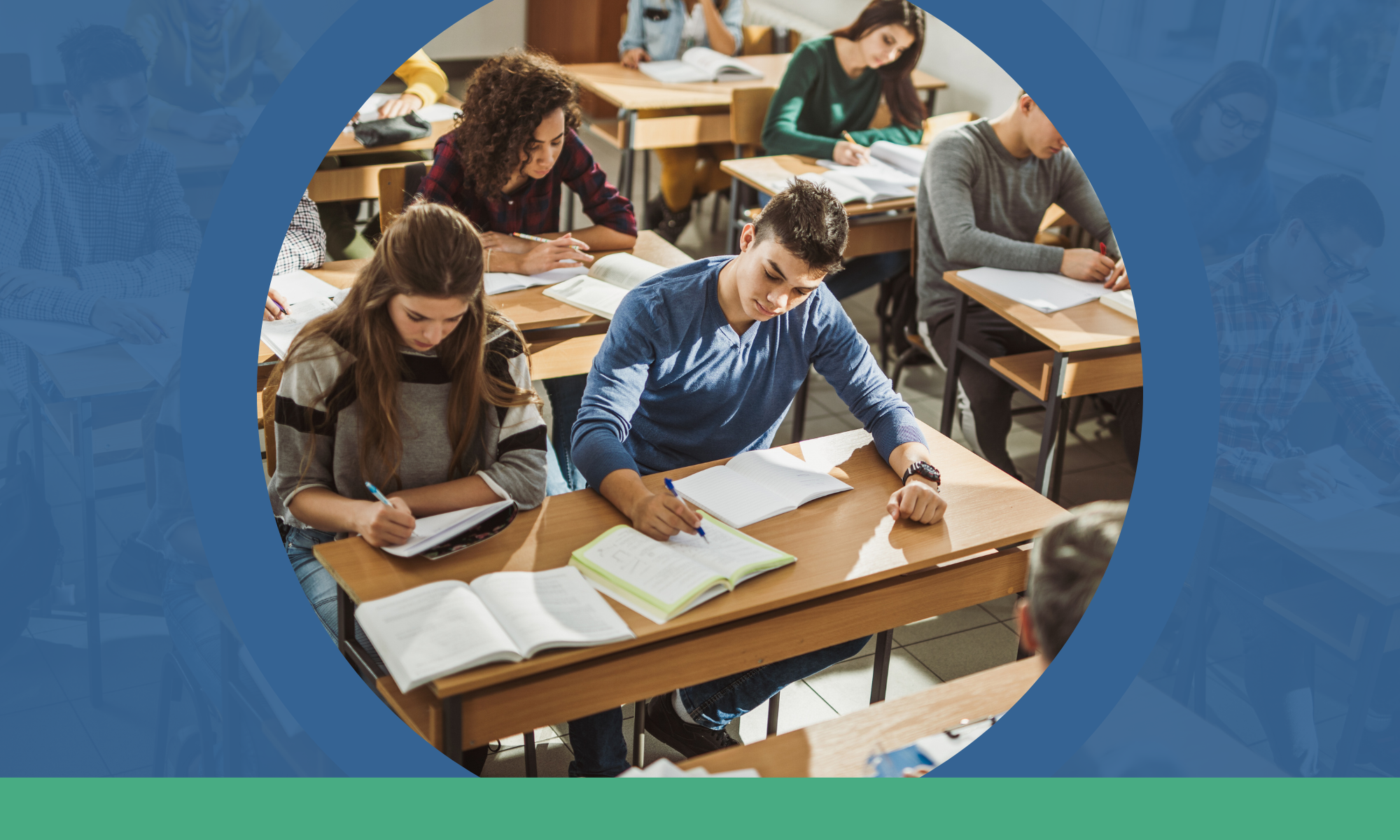Dyslexia Support: Strategies and Resources for Students and Teachers
Dyslexia is a neurological condition that affects the way the brain processes language. It makes it difficult for individuals to recognise and decode words which affects a person’s ability to read, write, and spell. People with dyslexia often have difficulty with the ability to break down words into their individual sounds. This can make it challenging for them to understand the relationship between sounds and letters, and to recognise and spell words accurately. It is a lifelong condition that can be managed with appropriate support and intervention.
As dyslexia affects so much of the way in which students learn, it is important for both students and teachers to understand the condition properly. This gives students an equal opportunity within the educational system. There are a wide range of strategies and resources available that help provide support. We will look at some of these strategies and resources.
Multi-sensory teaching methods

Multi-sensory teaching methods are becoming increasingly popular in today’s classroom environment. It allows dyslexic students to better comprehend and retain information resulting in increased student achievement. When more senses are used, the more effective the learning experience will be. From a teacher’s perspective, multi-sensory teaching methods offer a range of options that make lessons fun and interactive while still teaching.
Lessons involve using visual (watching and seeing), aural (listening and hearing ), olfactory and gustatory (smell and taste), tactile (sense to touch) and kinaesthetic senses (the position and movement of the body). Students will greatly benefit from using all of these senses.
Examples of these teaching methods include:

Advantages of multi-sensory teaching methods are:
Did You Know?
450,000 people in Ireland have dyslexia (10% of the population) which means 3 children in every classroom have dyslexia.

Assistive technology
Assistive technology is a powerful tool for students with dyslexia, allowing them to access and process information more easily. Teachers can adapt lessons or create assignments based on specific tools, providing a more personalised learning experience for each student.
Examples of assistive technology are:
• Optical Character Recognition (OCR) Software.
• Word Prediction Software.
• Mind Mapping Software.
Optical Character Recognition (OCR) Software: This is technology that transforms numbers, letters, and punctuation from written documents into an electronic device.
Word Prediction Software: This improves typing speed and accuracy by “auto-completing” words that are typed.
Mind Mapping Software: This is a learning and organisational tool. It allows users to create maps and diagrams. Useful for note-taking and problem-solving. It also helps with the outlining of projects and presentations.
Advantages of assistive technology are:
Create a supportive environment
Teaching students with dyslexia requires a supportive learning environment that gives them the best opportunity to succeed. Teachers need to understand their students’ emotional needs and look beyond their academic performance. Instead, they should focus on the skills and attributes their students have in order to reach their full potential. Having patience and being empathetic to students will allow them to progress with their school work and will help them feel comfortable in the classroom.
Teachers can create this supportive environment by:
There are many teaching resources available for teachers from the Dyslexia Association of Ireland which details guidelines for schools on how to use resources to best meet the learning needs of students with special needs.
At Servisource, we supply highly qualified, professional, and skilled Education Support Workers to assist students with disabilities and help them gain equal access to education.
Our Education Support Services
Our Education Support Workers provide support through the following ways: note taking, reading, scribing, Invigilating, speed text operating and study skills support, among others.
We ensure the right, skilled people are available when you need them.

By using the above techniques, teachers will be able to create a supportive learning environment for students with dyslexia, enabling them to better succeed in their academic studies. It’s important for teachers to assess the needs of each student with dyslexia, as well as support each individual’s strengths and abilities.
With sufficient support from dedicated professionals and reliable technical resources, students with dyslexia can learn how to tackle their educational challenges while still pursuing academic excellence.










